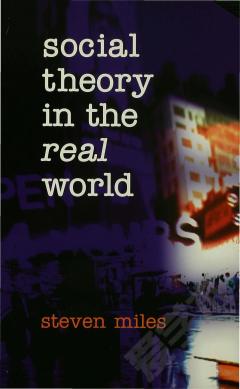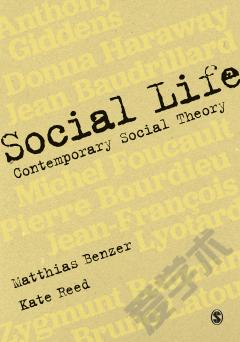The Lived World of Social Theory and Method
Two pervading factors in any life-world that are discussed, but never explicated are time and concrete action. No doubt, social theory (as well as every other theory) accepts time in the form of change, but the issue is as follows: There is a presumption that time is some sort of continuum in which things take place one after the other. The sciences take this for granted as a basis for their explanations of causal sequence, and even historians take this sequence for granted as a condition for dating historical events. The authors do not discard this theoretical construct, but rather, they point out that social life – specifically in the modern world (which is, by now, global) – involves time as multiple “horizons of possibilities.” Furthermore, the way these horizons comprise “time reflexes in time” is unavoidable in the multiple layers of social activities and plans, including economic, technical, educational, value systems, and in the selectivity of what will be counted as relevant facts and their interpretations. Indeed, such time reflexes disclose what a given society can and cannot do; that is, they determine what that society’s limits are. This aspect of such limits is a continuous self-explication of social life, and time reflexes are coextensive with both social theory and method.The authors go on to illustrate the ways in which the practical world is constituted by concrete kinesthetic activity in practices such as the formation of implements, the building of edifices, and the engagement in other common “intercorporeal” activities, which become differentiated and mutual. Such activities precede abstract theoretical constructs and reveal what individuals and groups “can do.” The theoretical/methodological aspect of this level of analysis reveals that we know the others via direct perception not as physiological entities, but as makers of the entire oriented architectonic of any life-world. At this level, there is a primary understanding of “the others,” which is given in direct awareness of what “they can do” and what “we cannot do,” and which we also understand as something that “we could also do.” It is within this domain that one finds universal praxis.
{{comment.content}}








 京公网安备 11010802027623号
京公网安备 11010802027623号